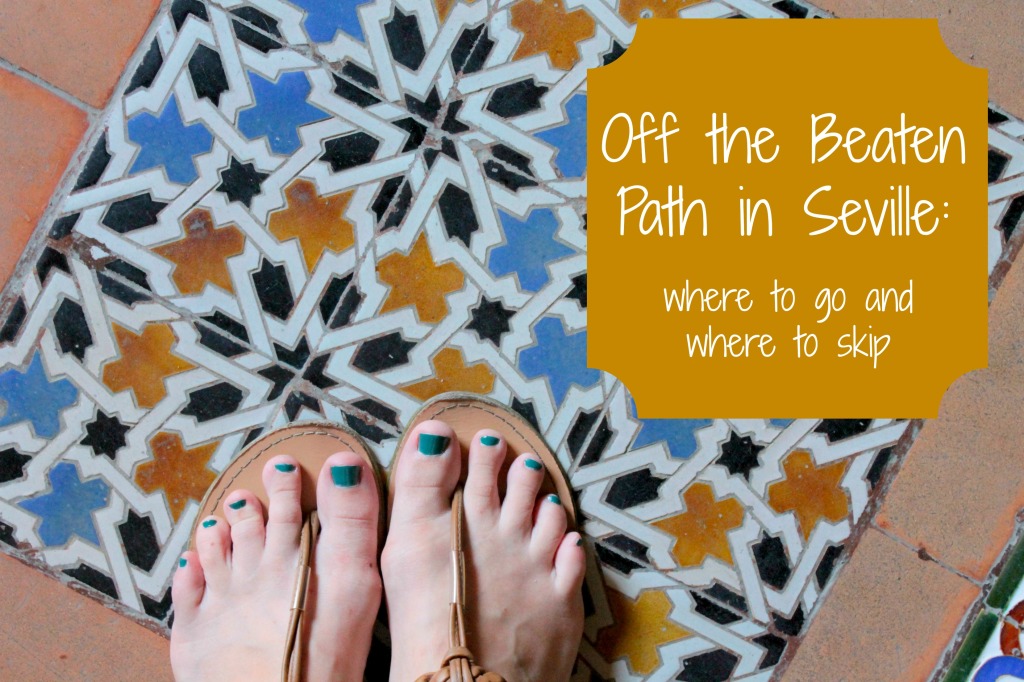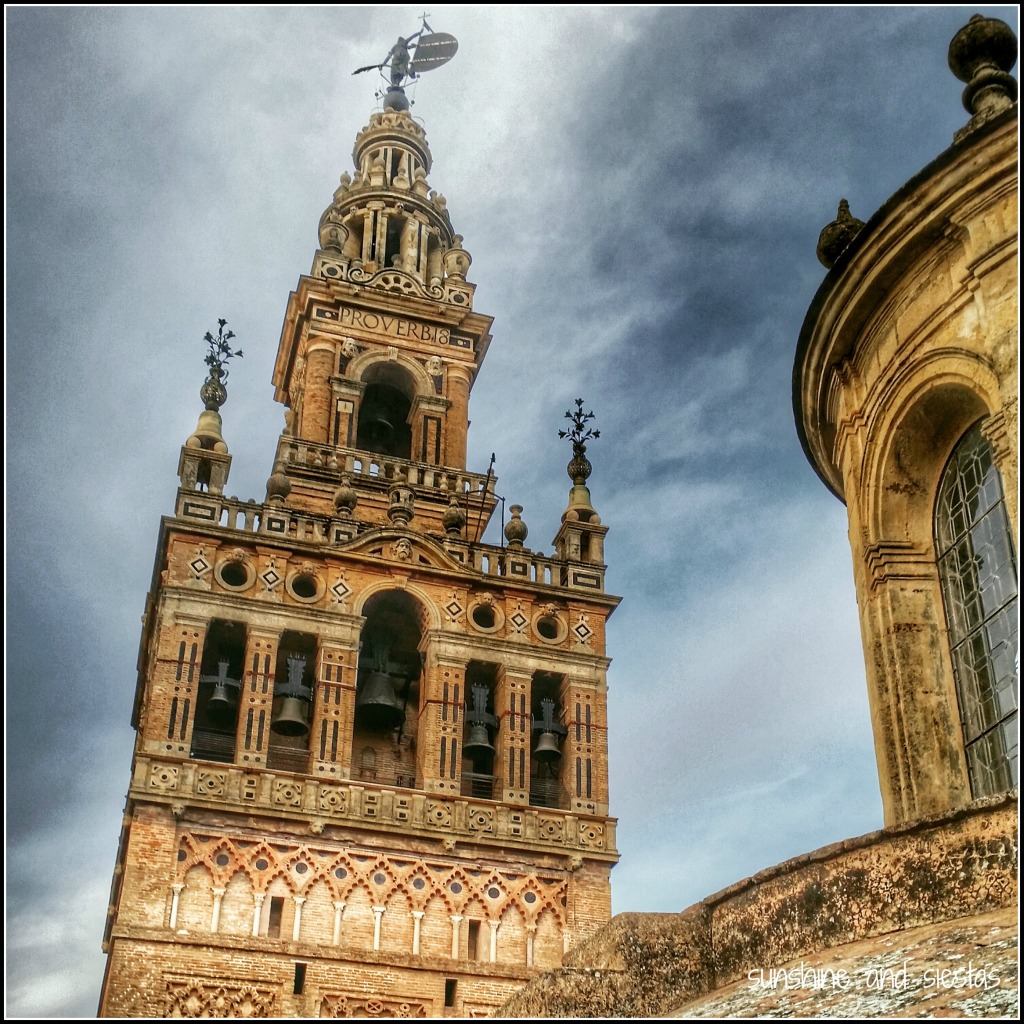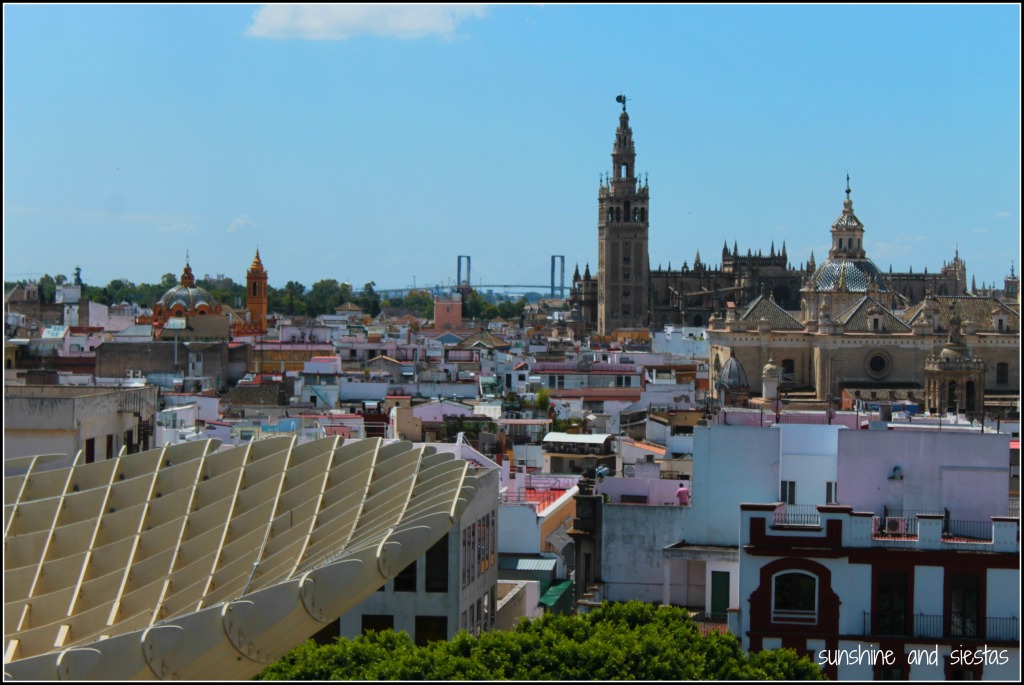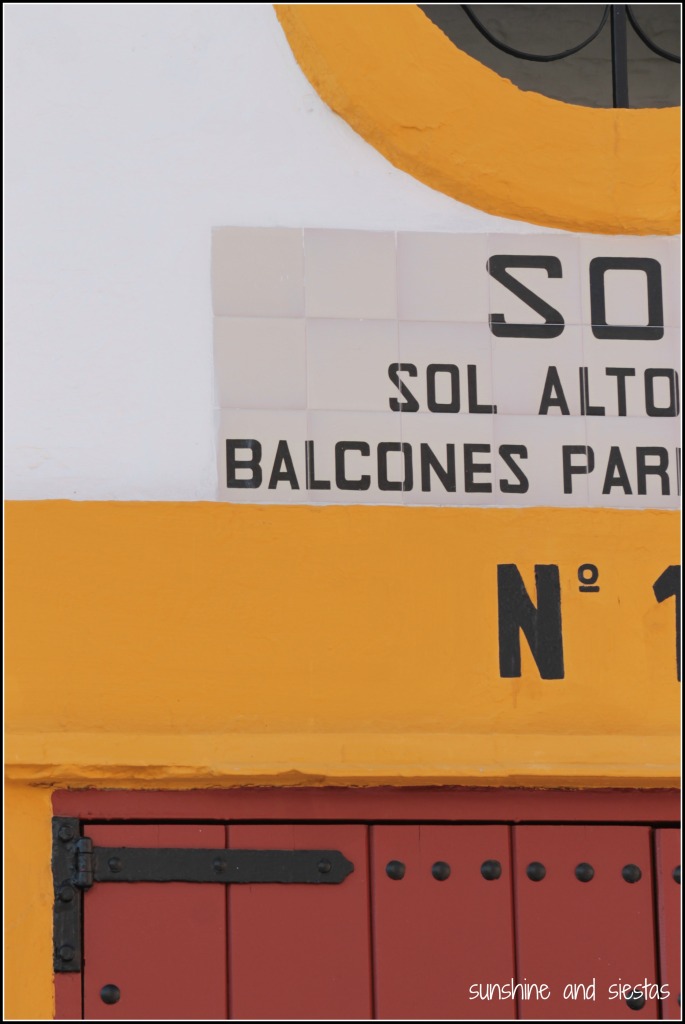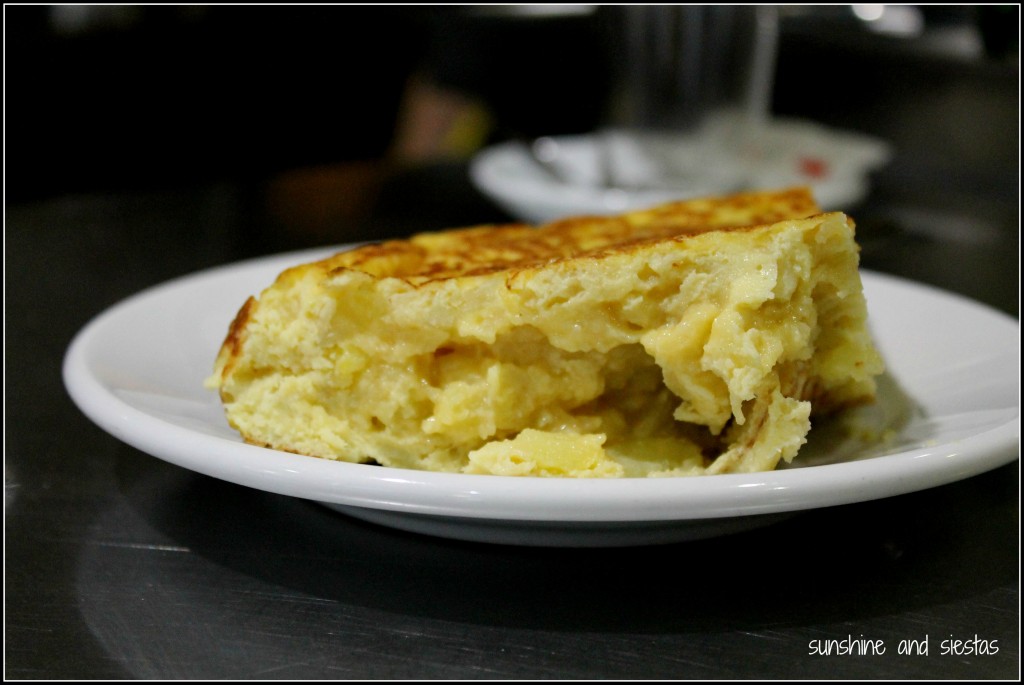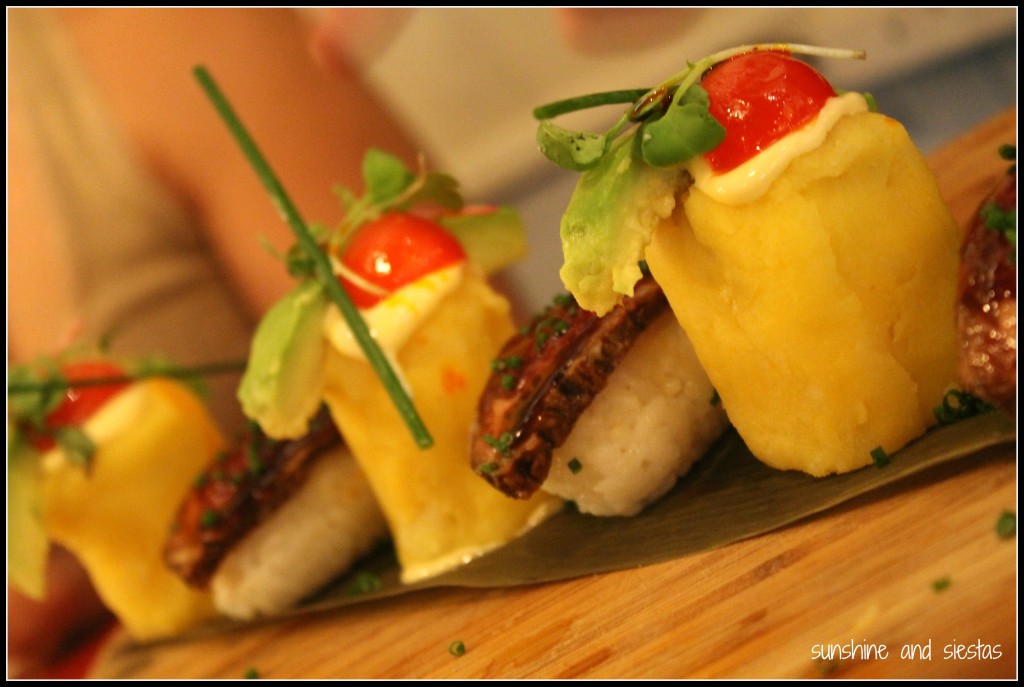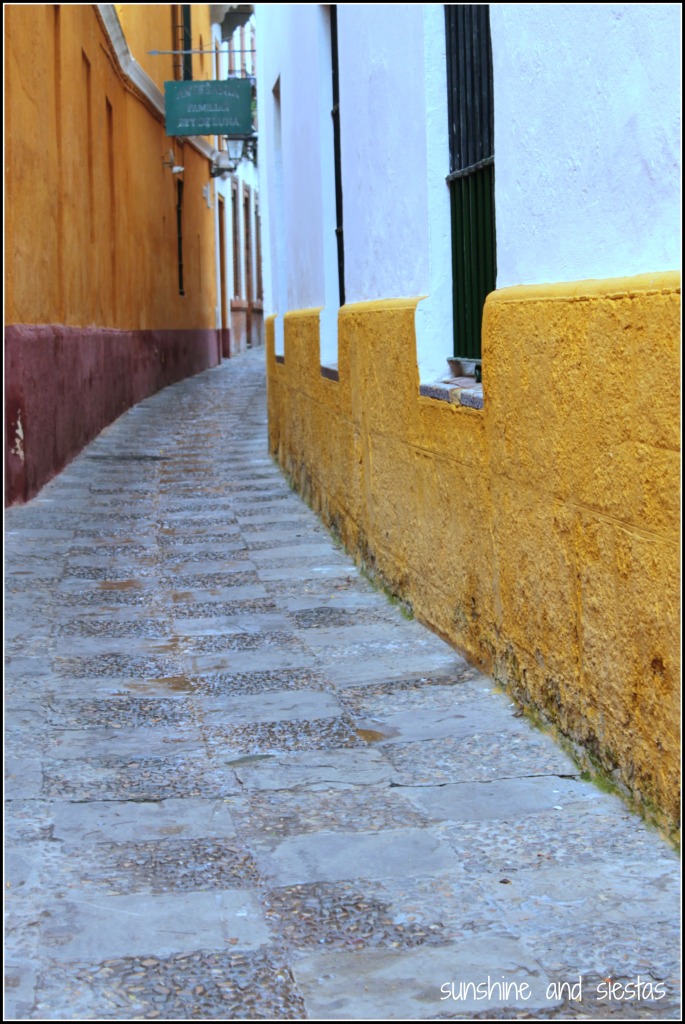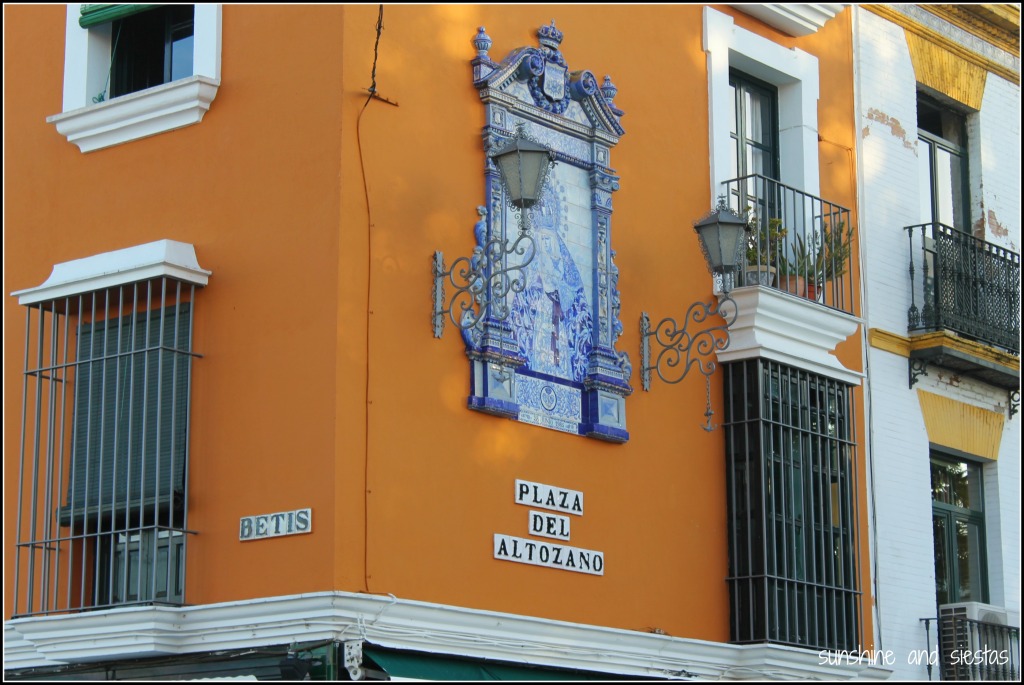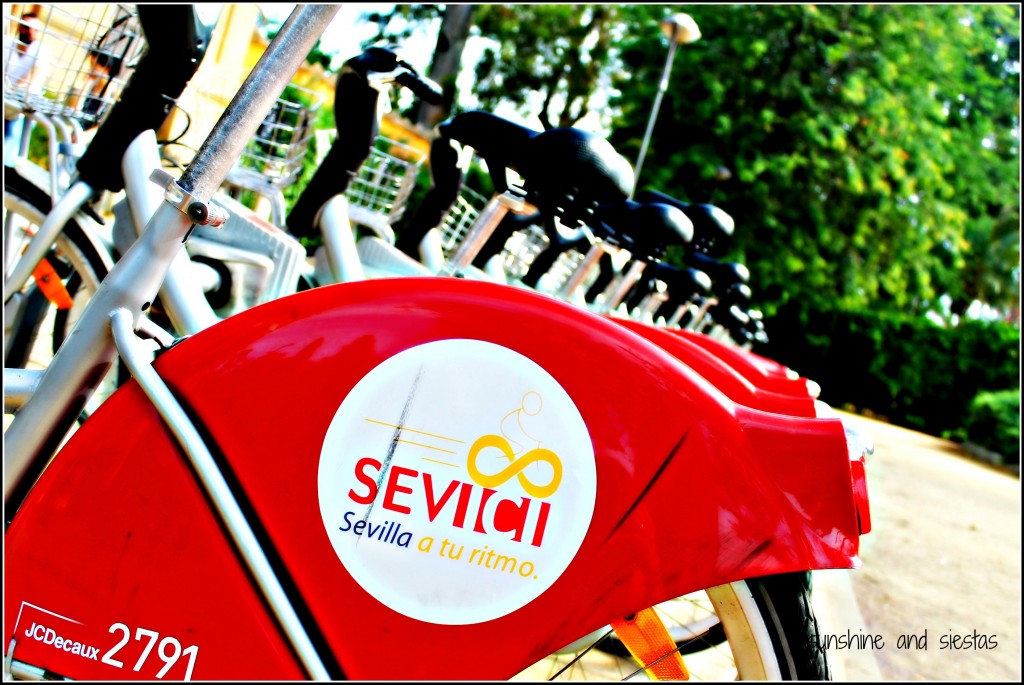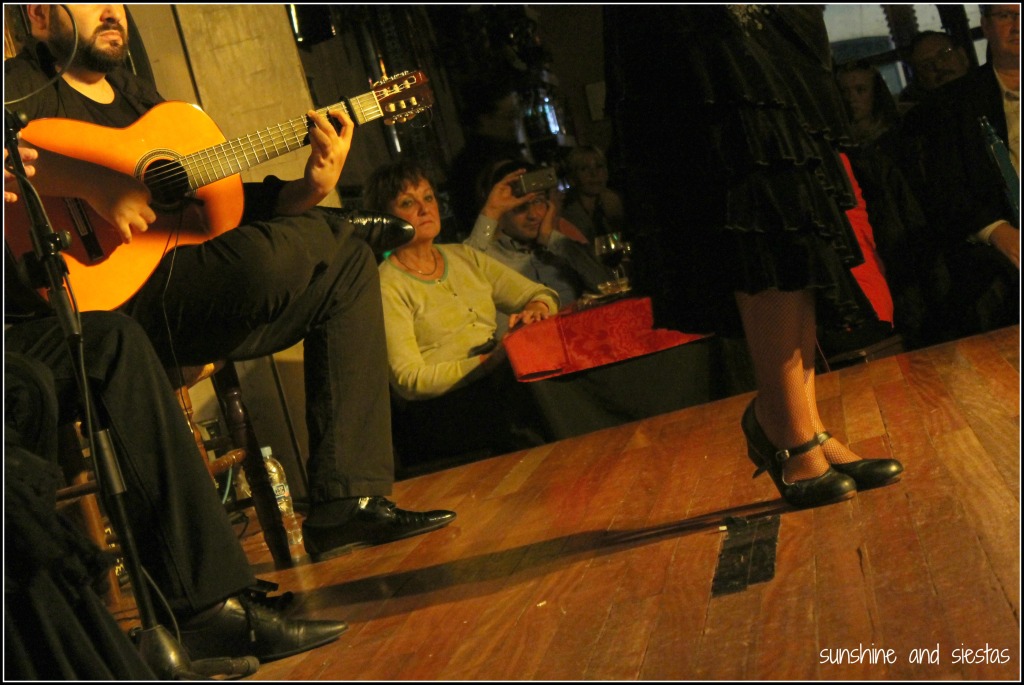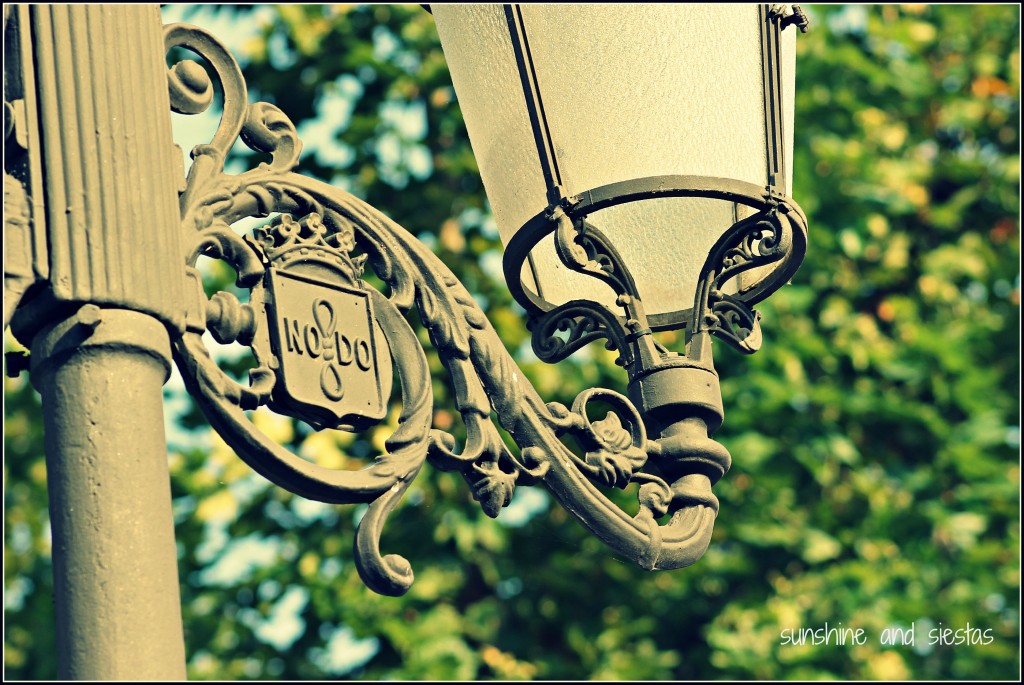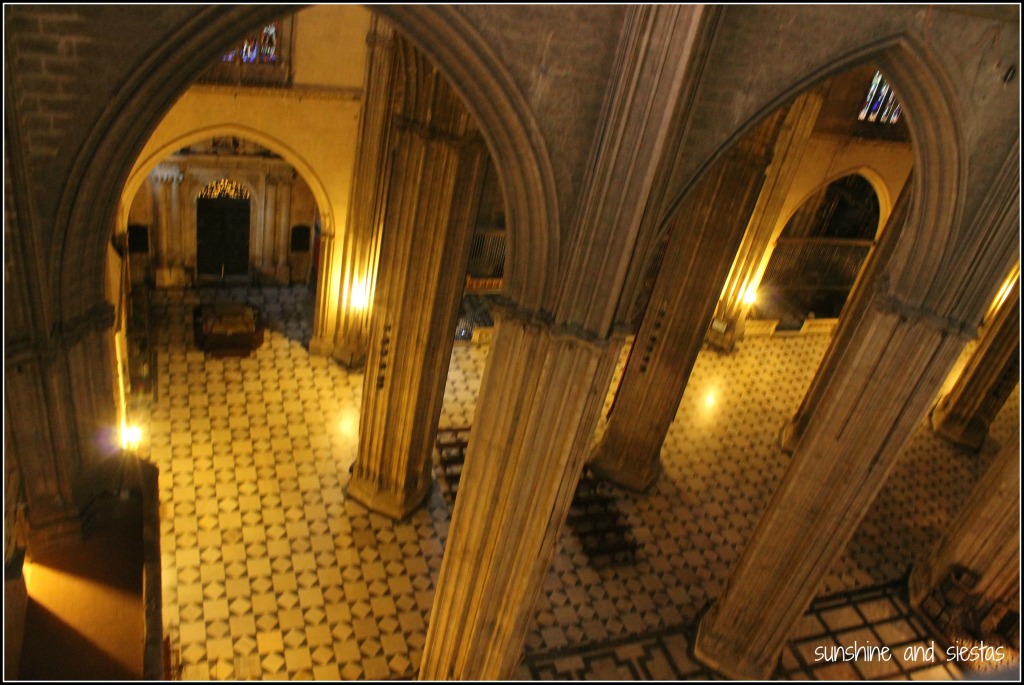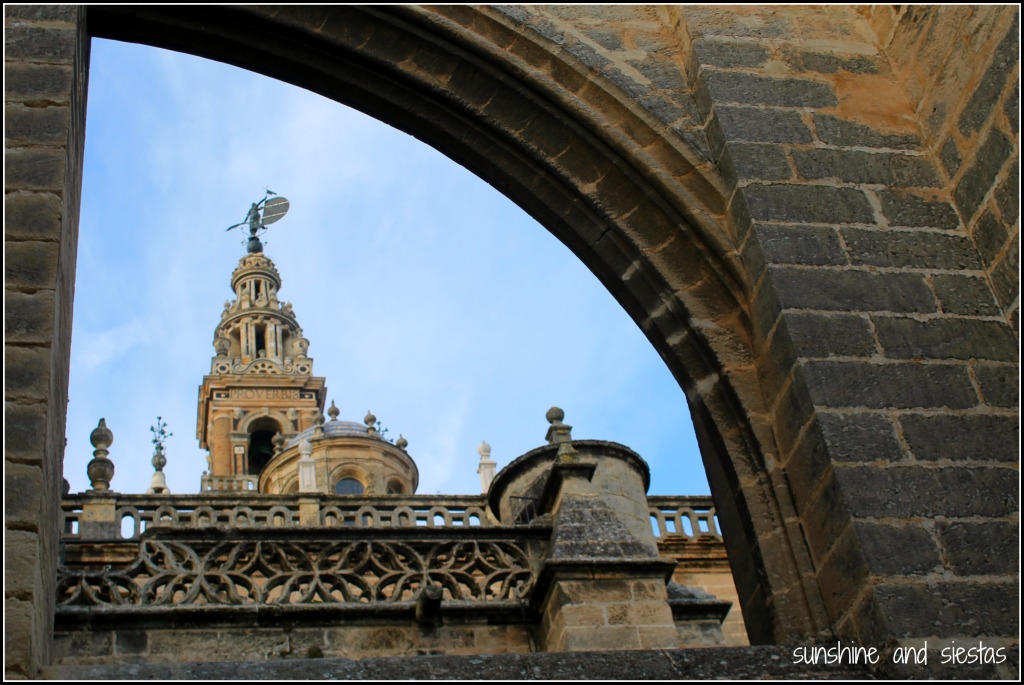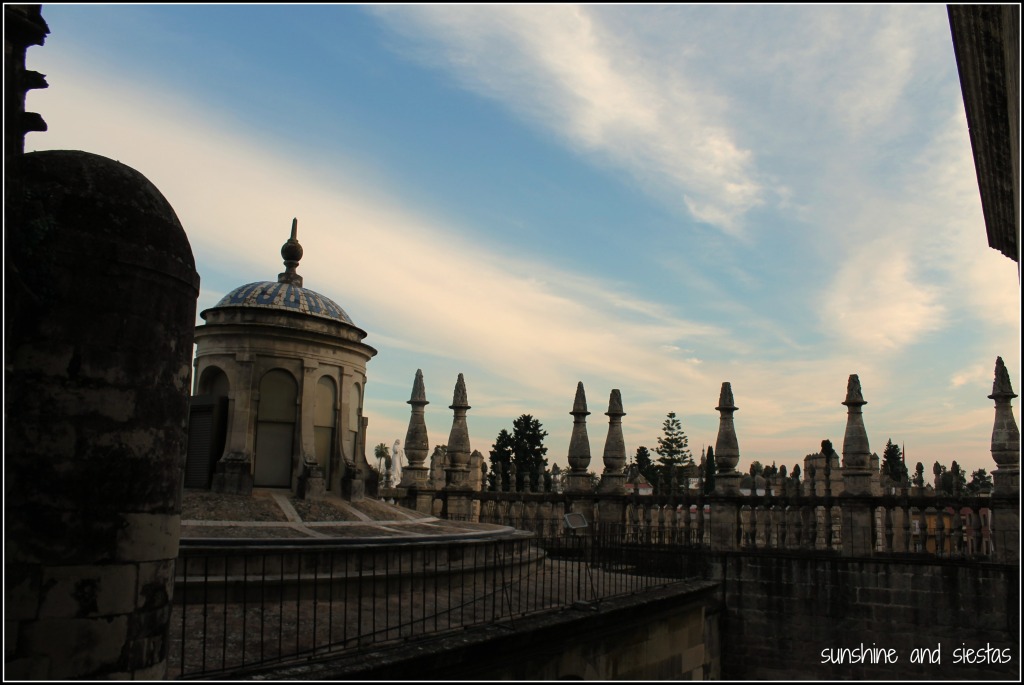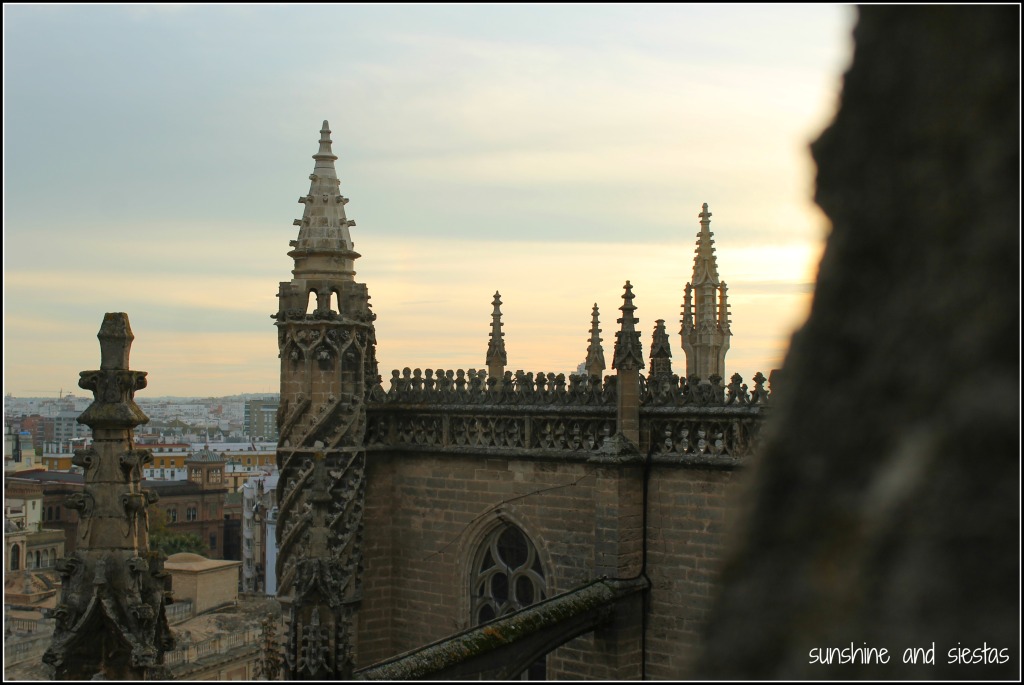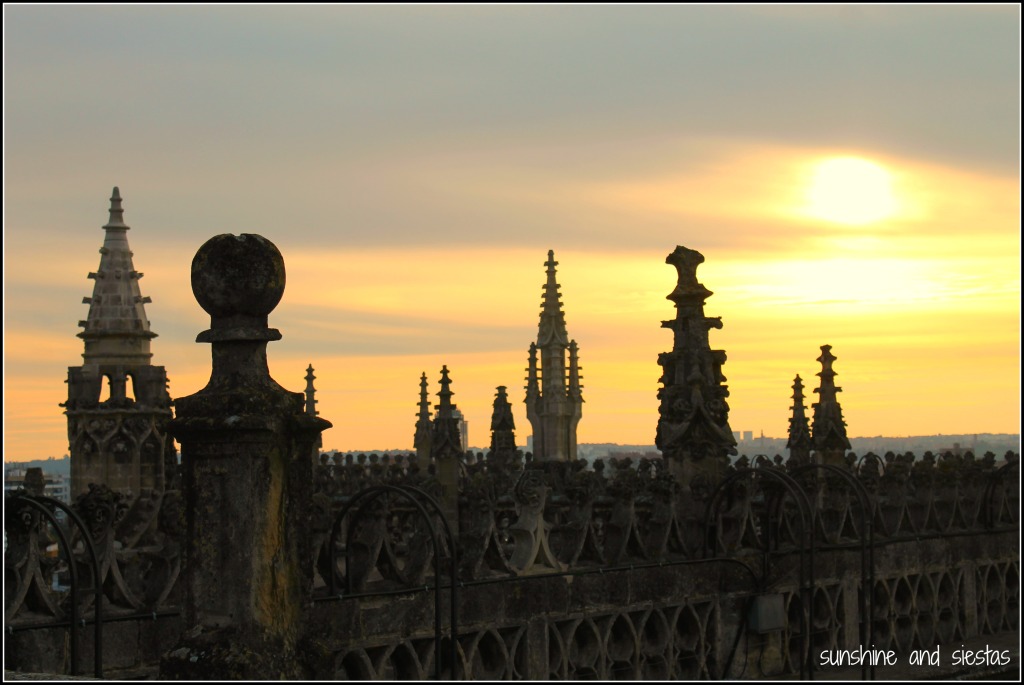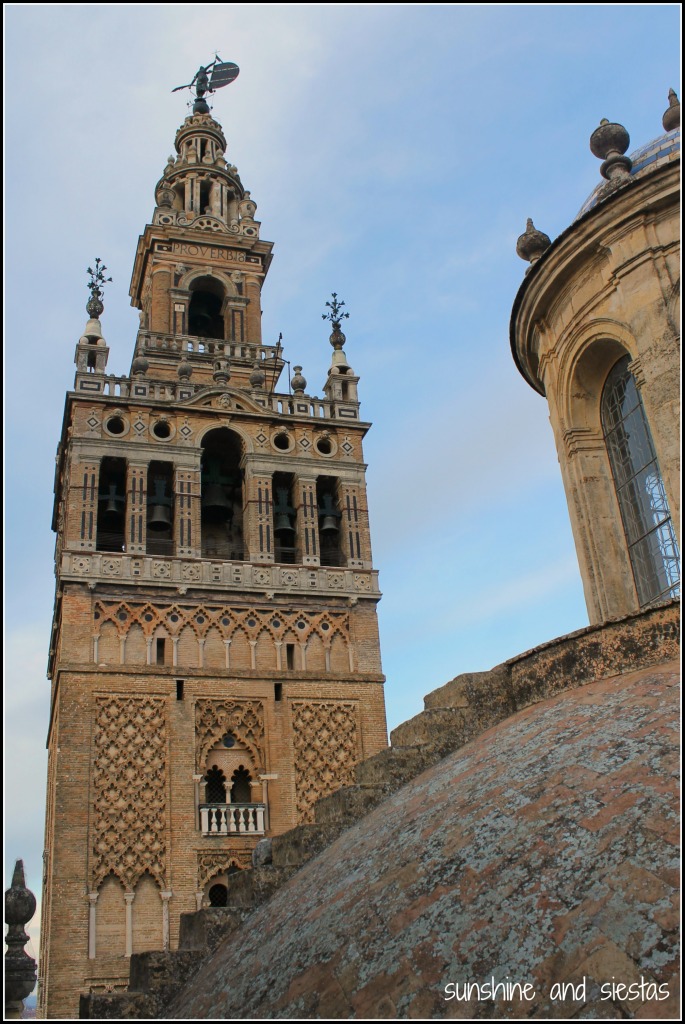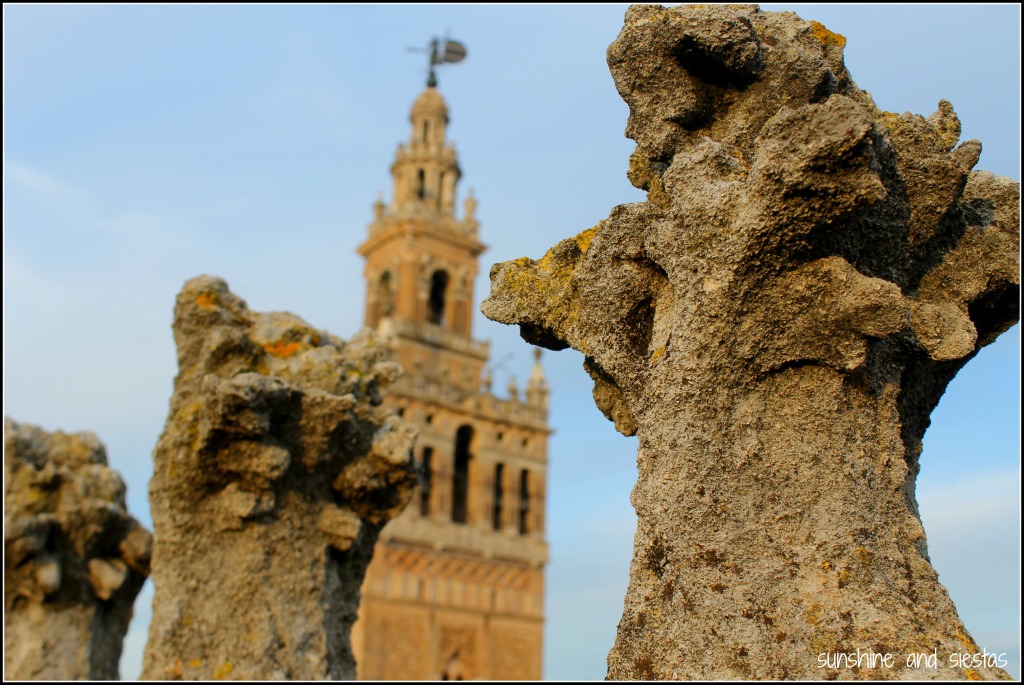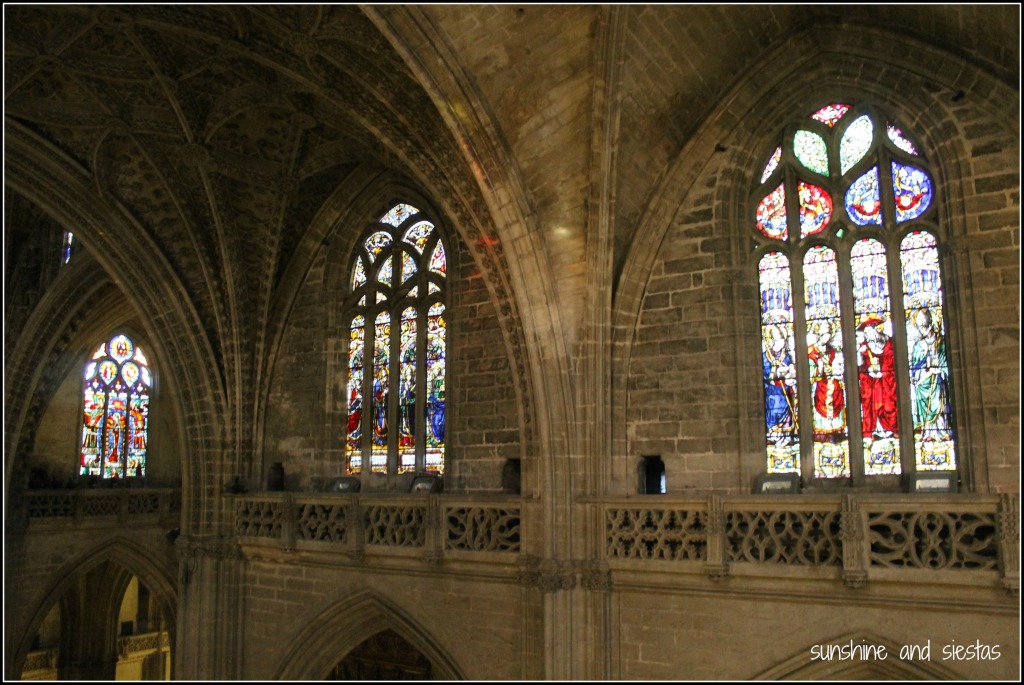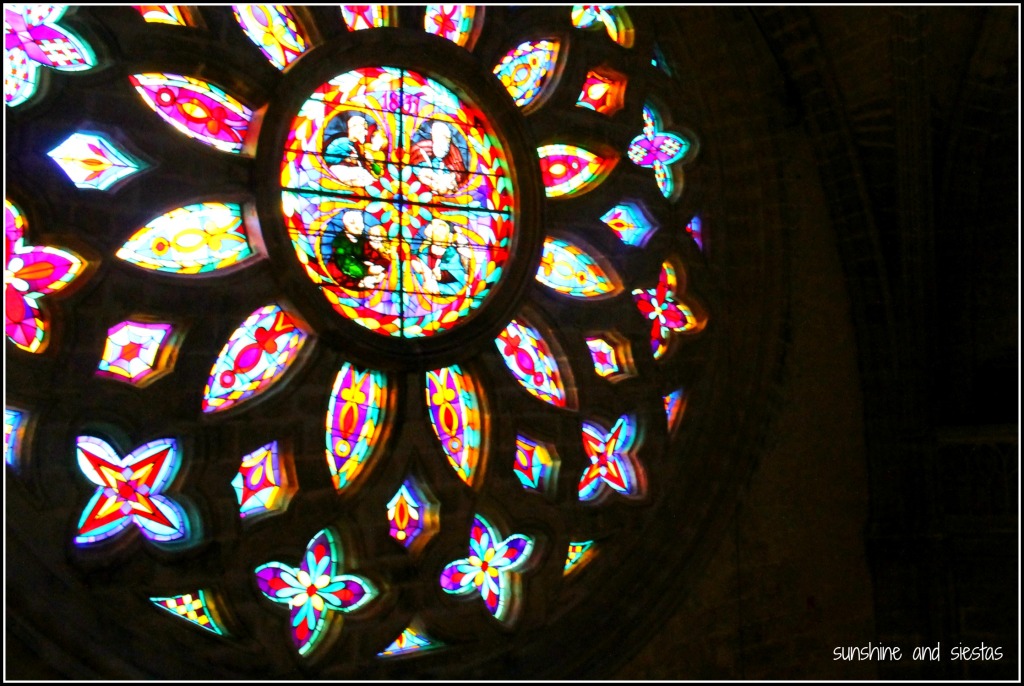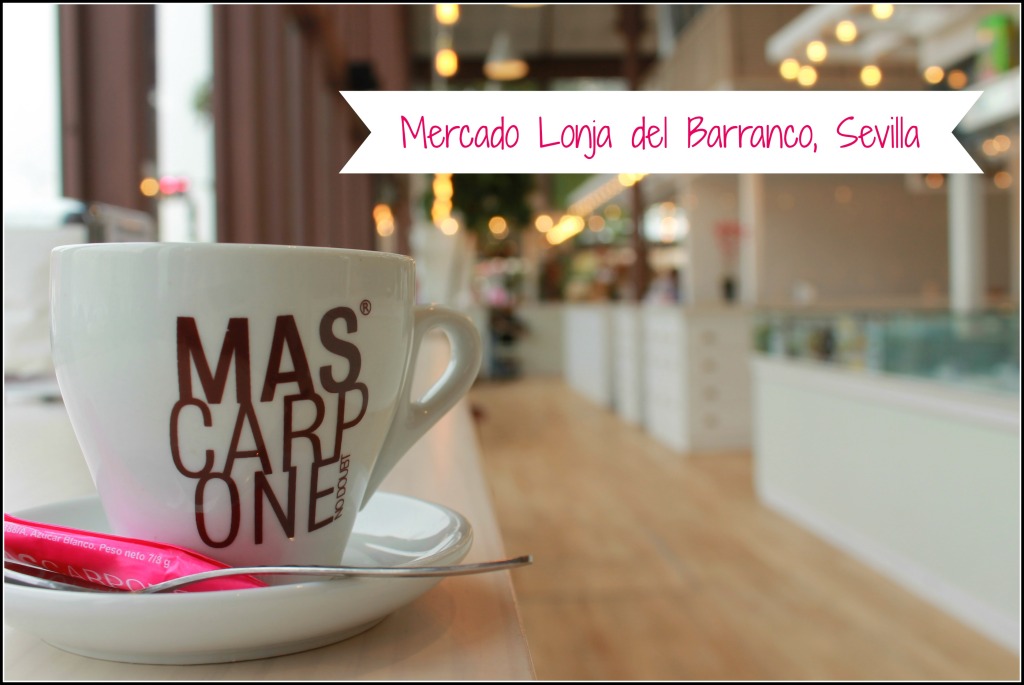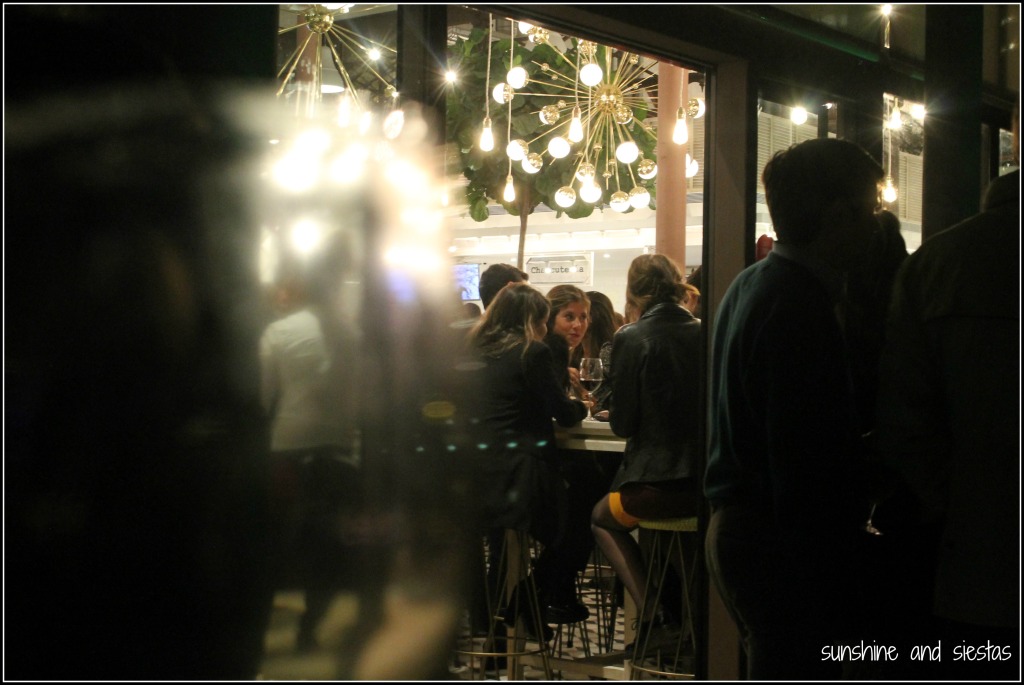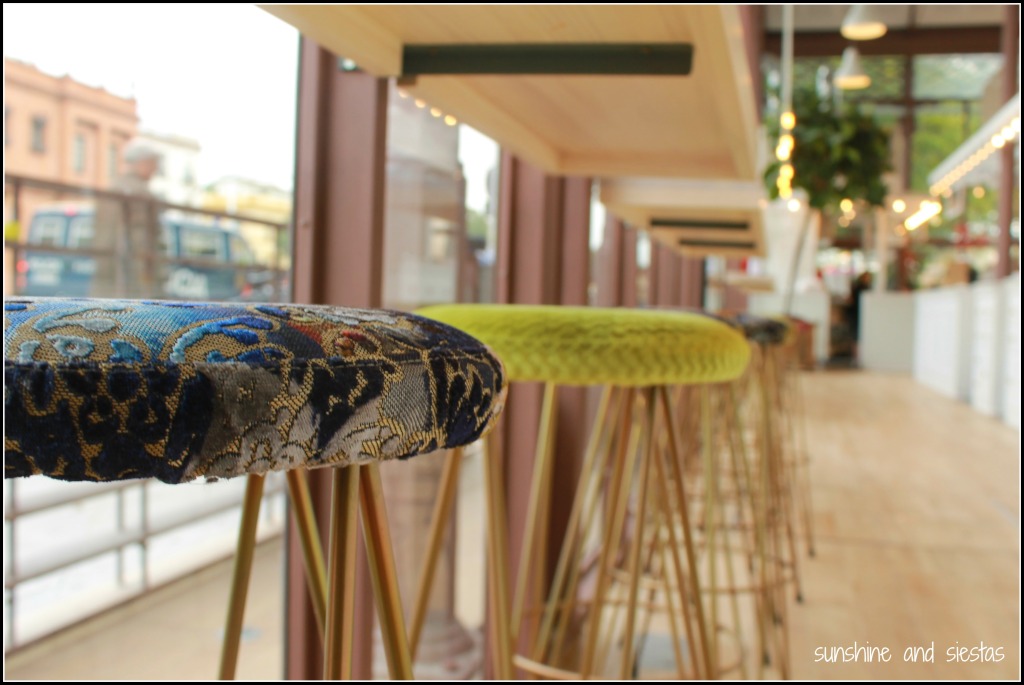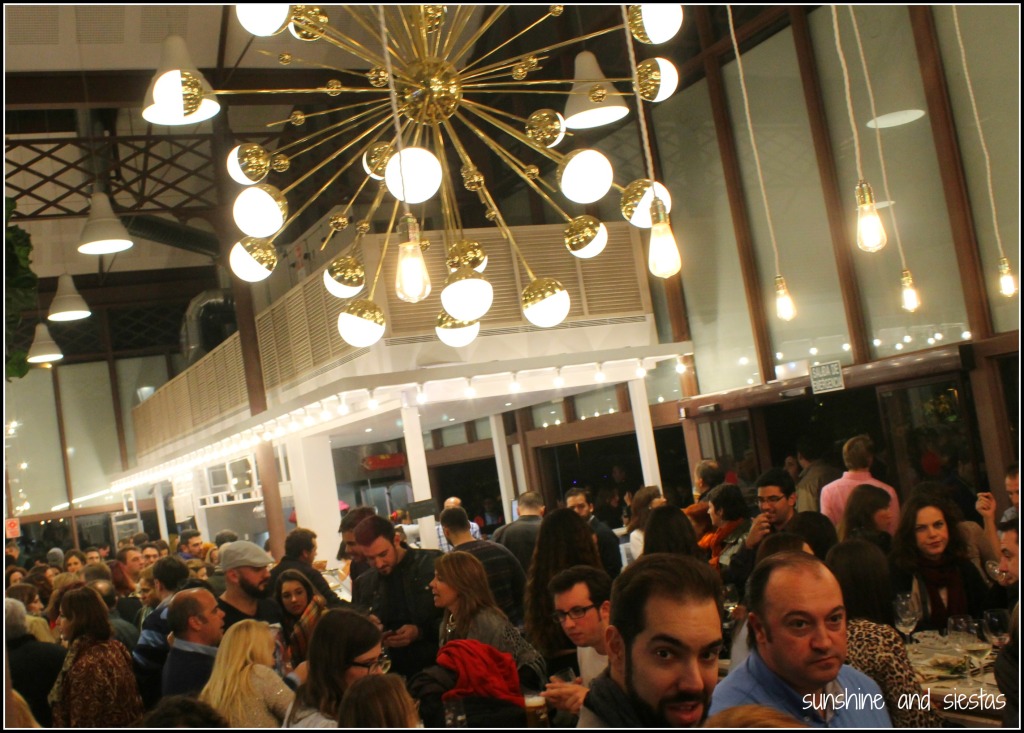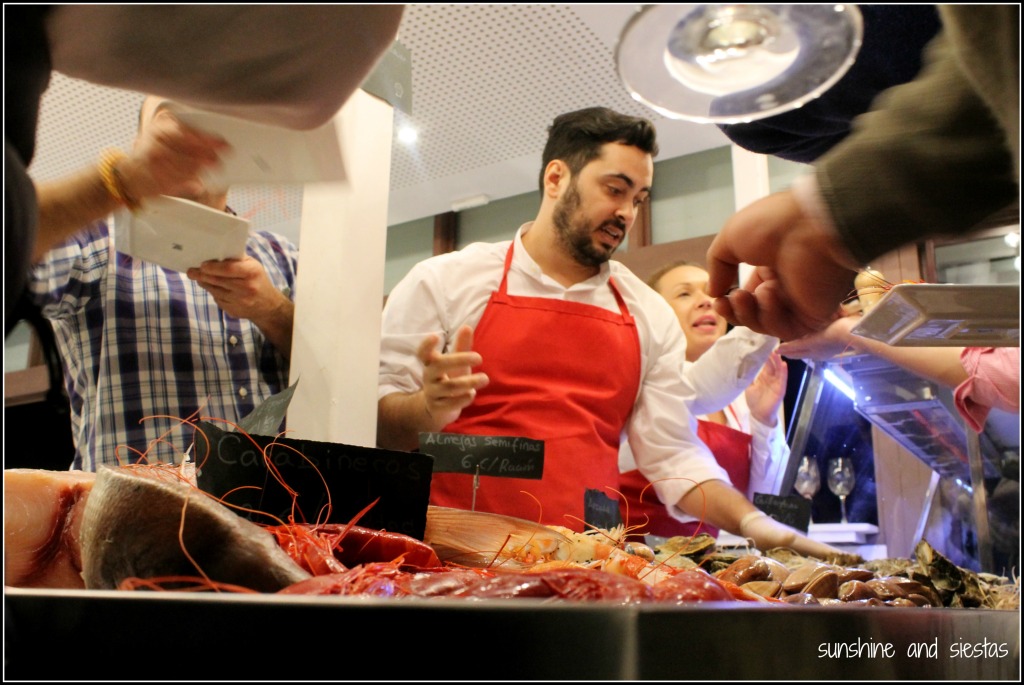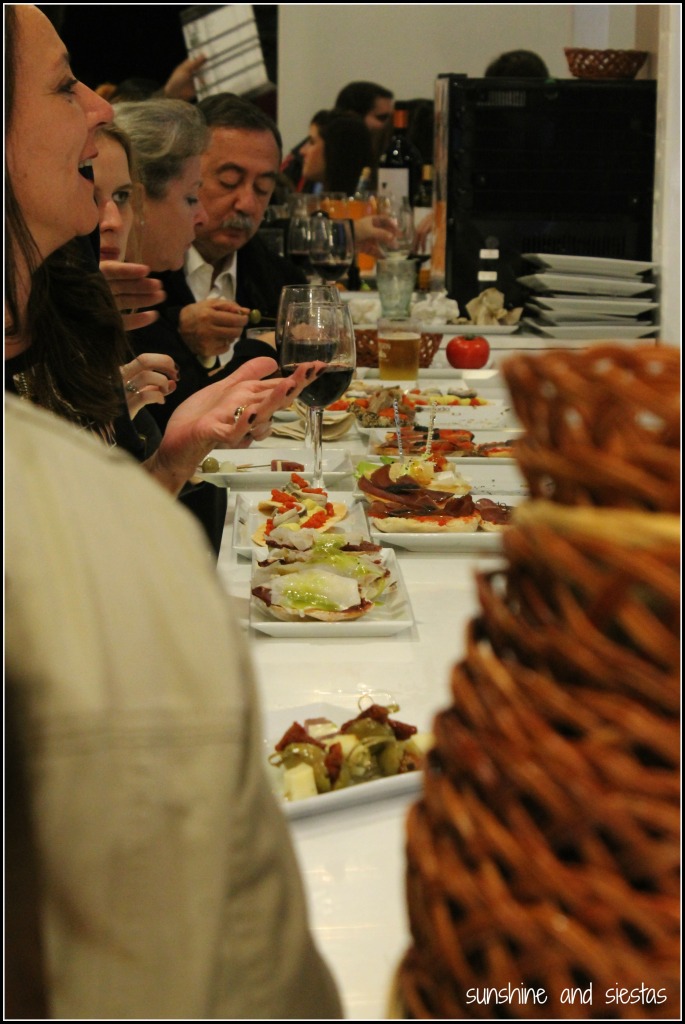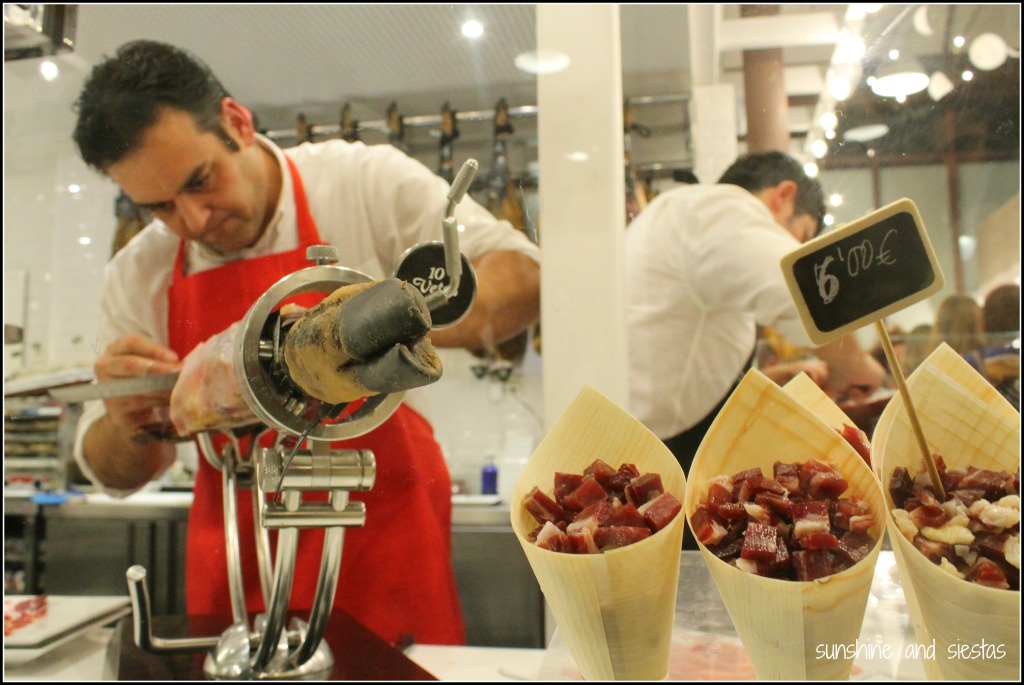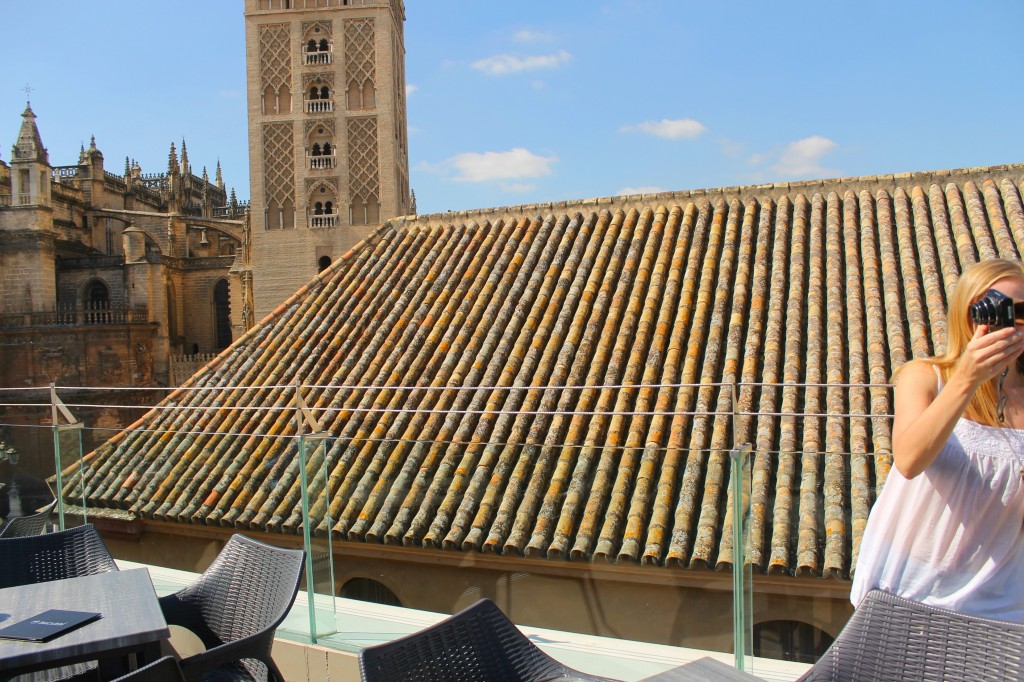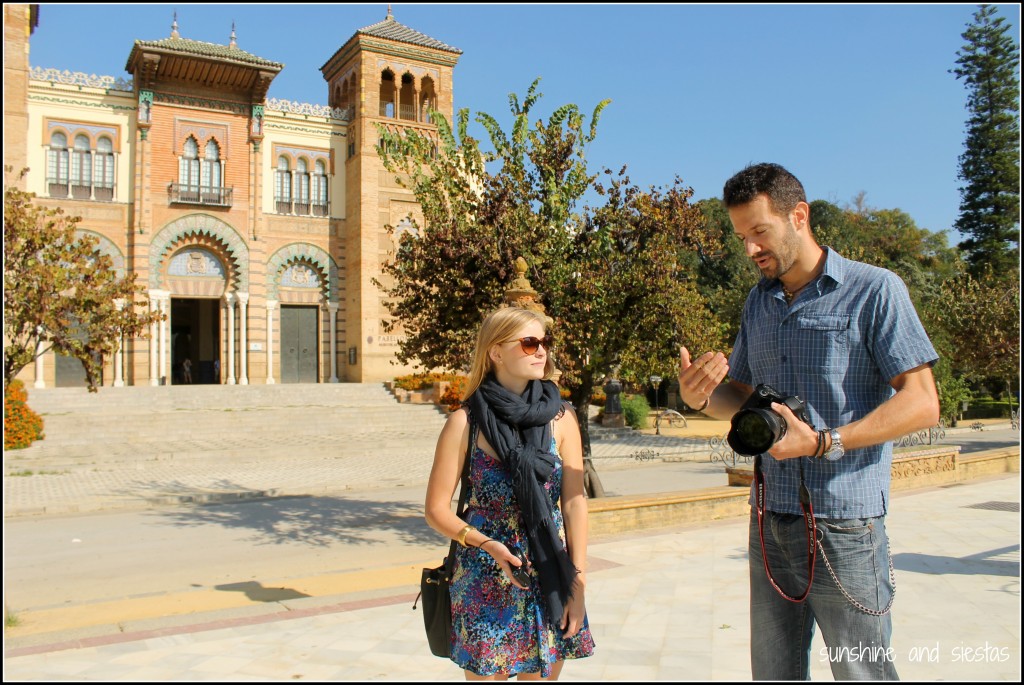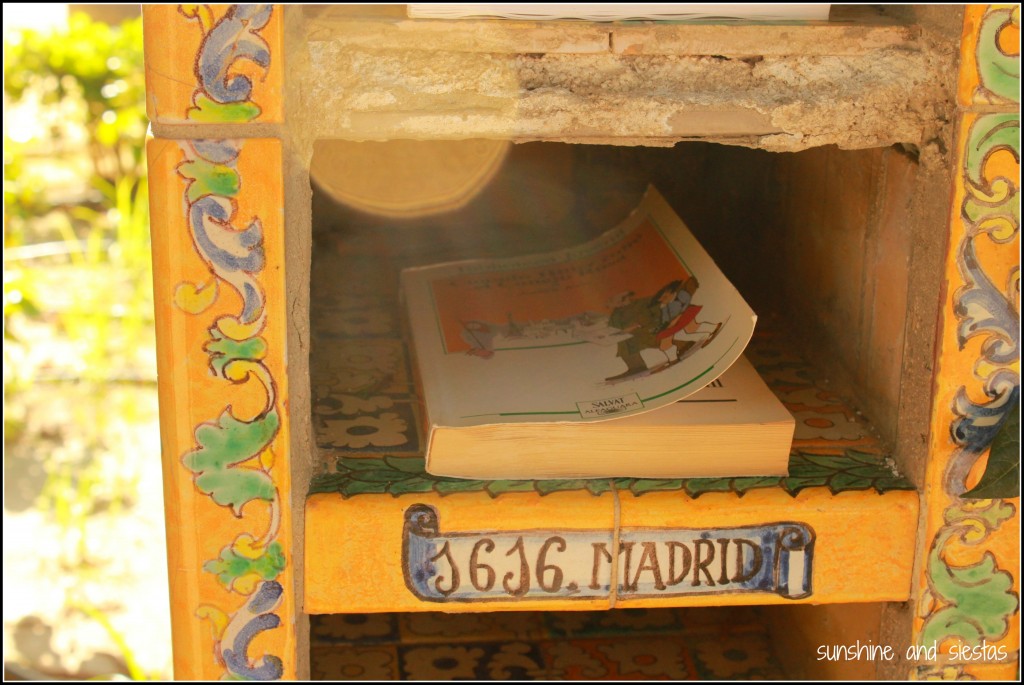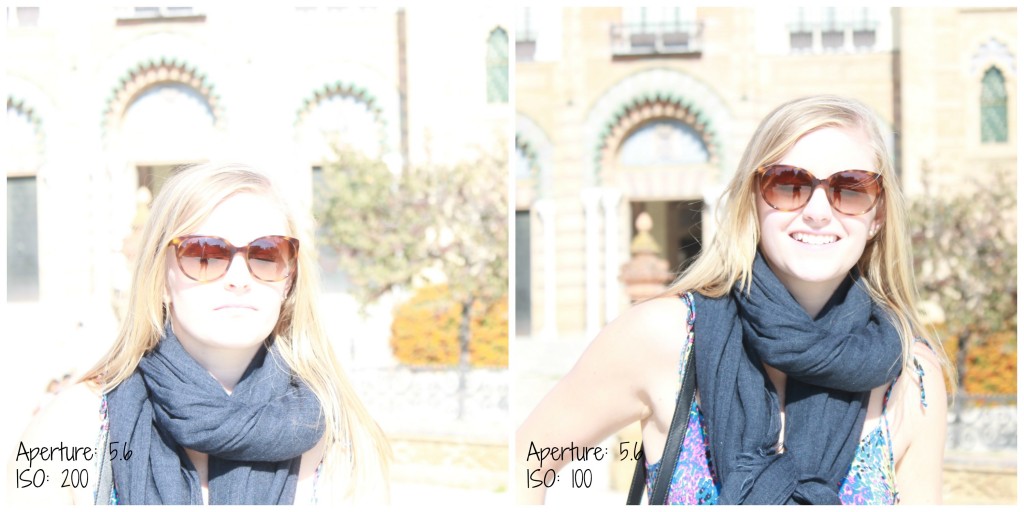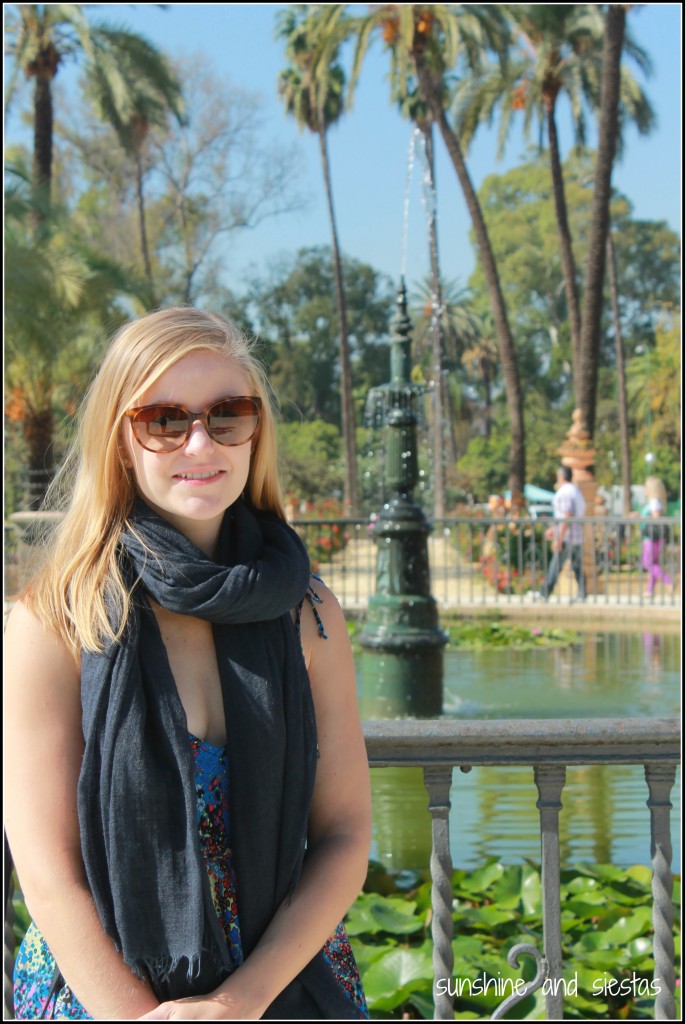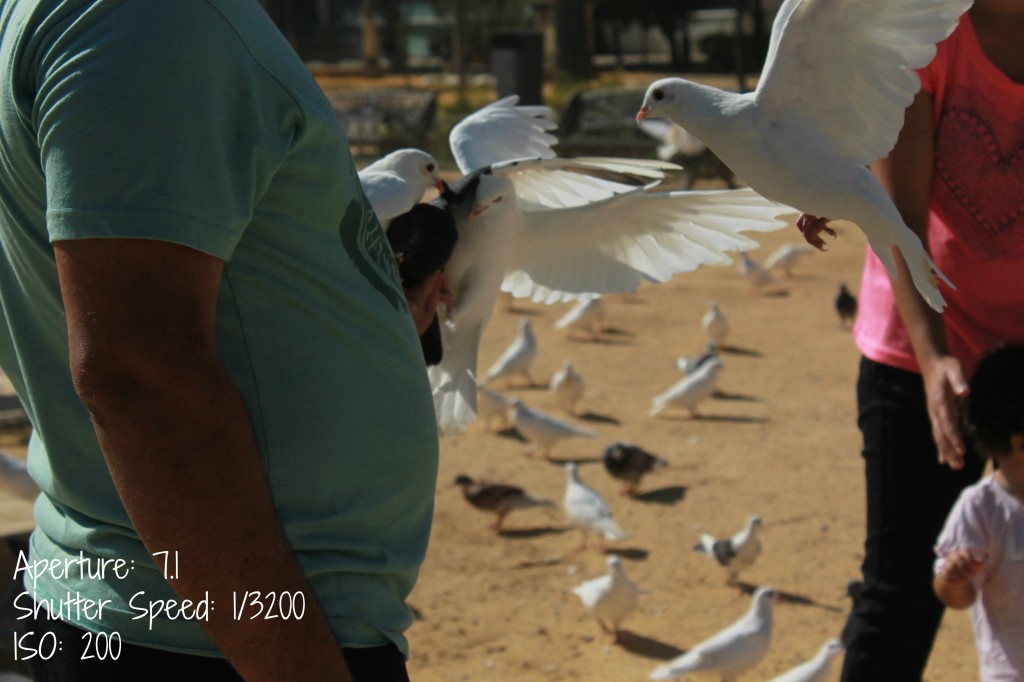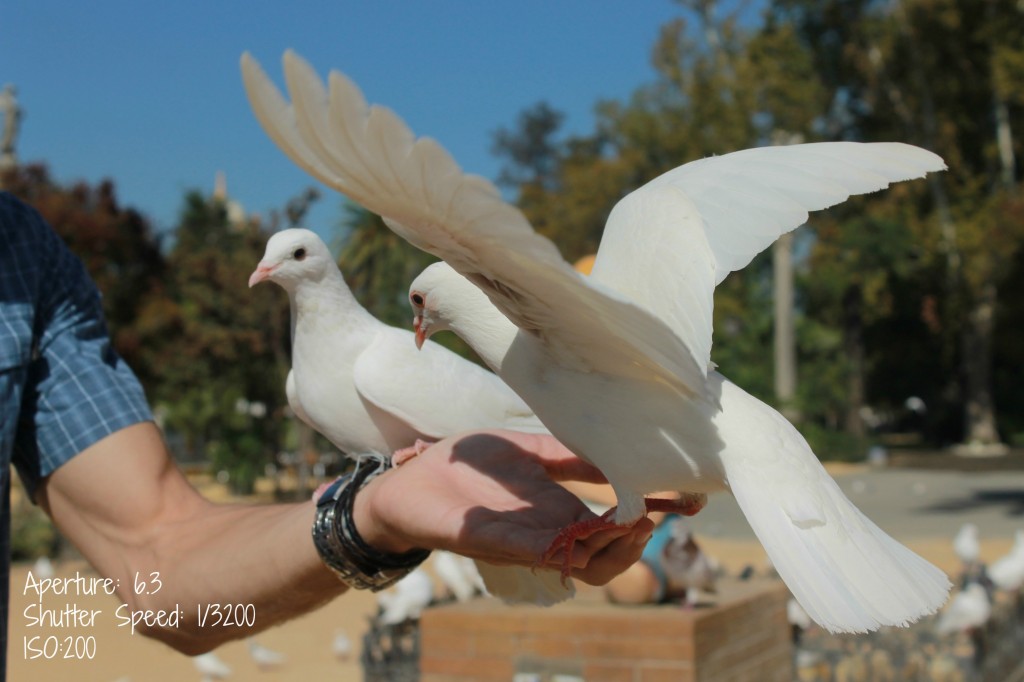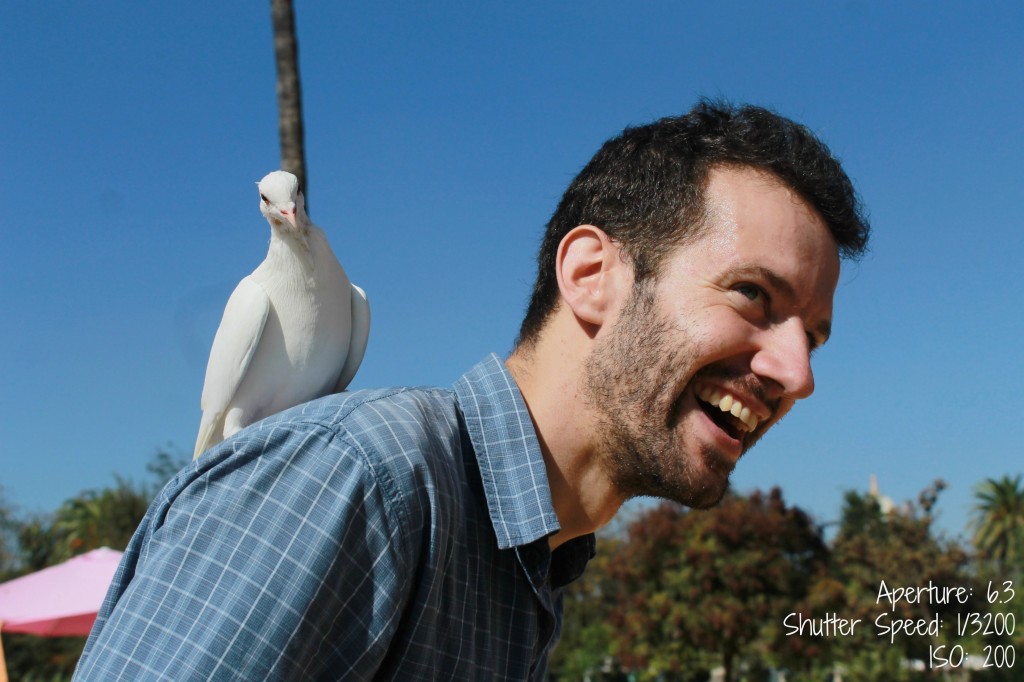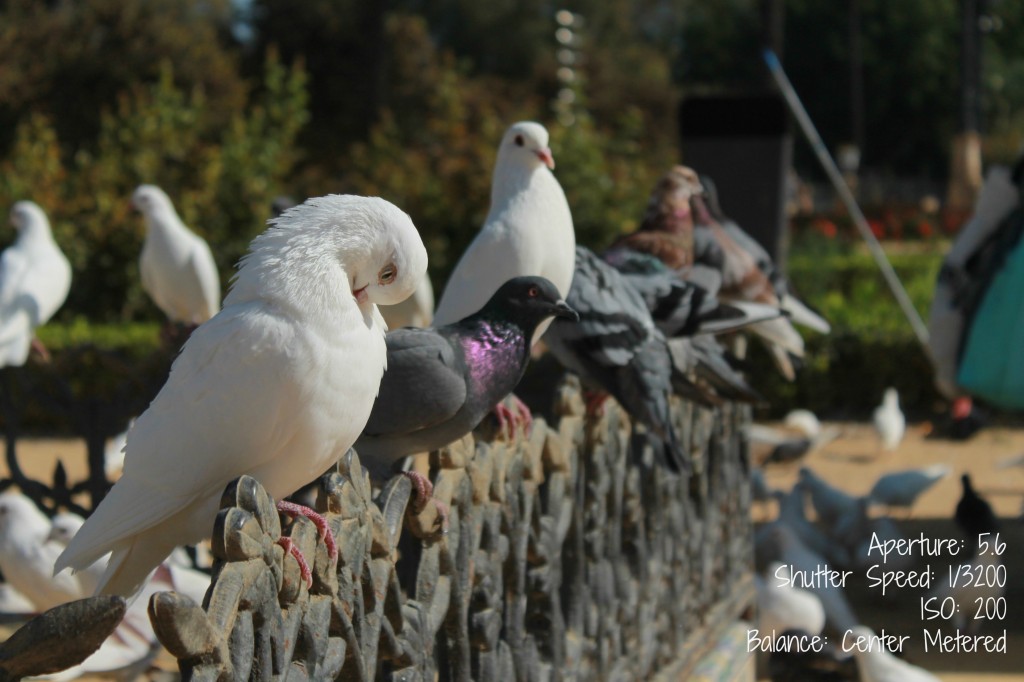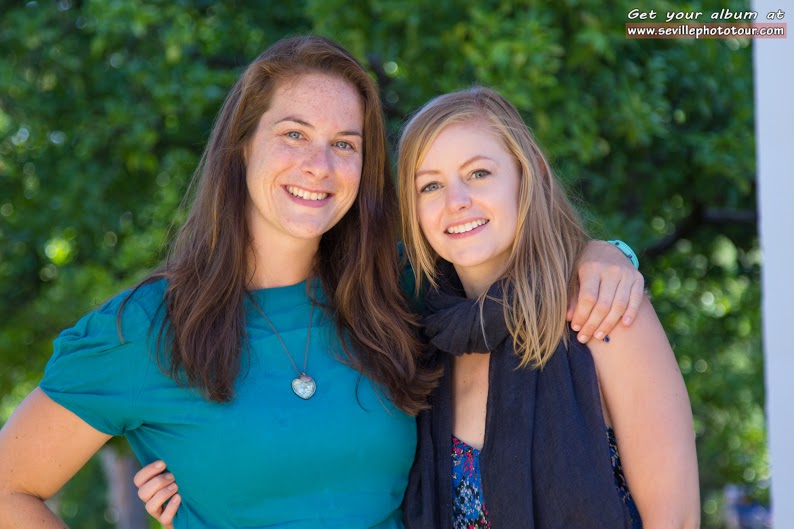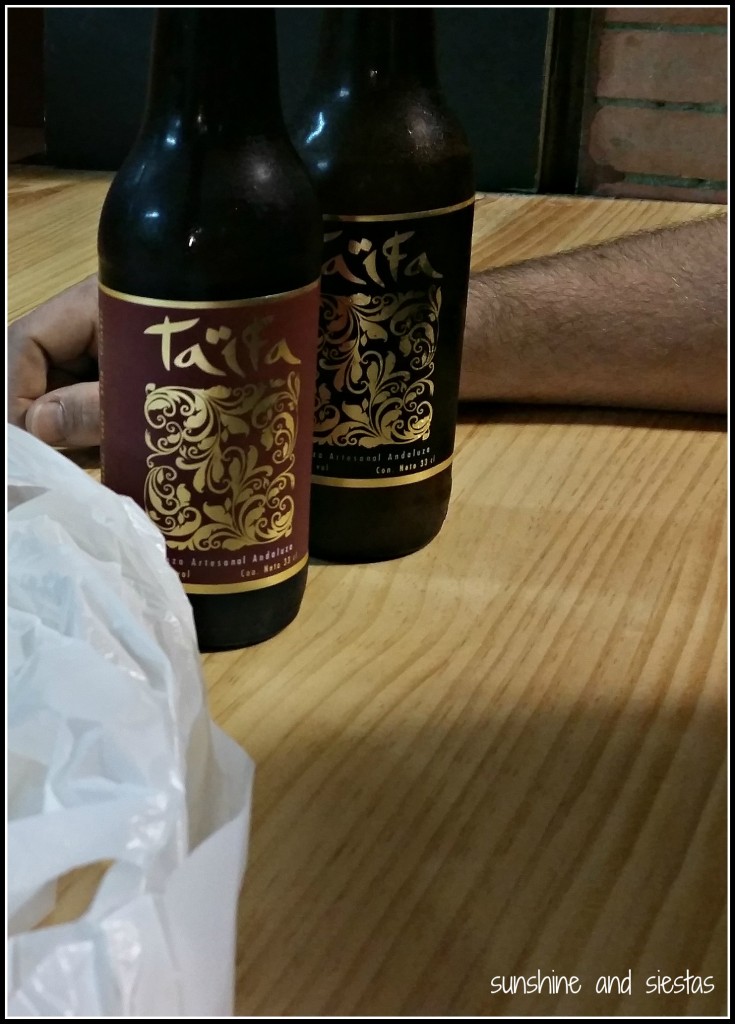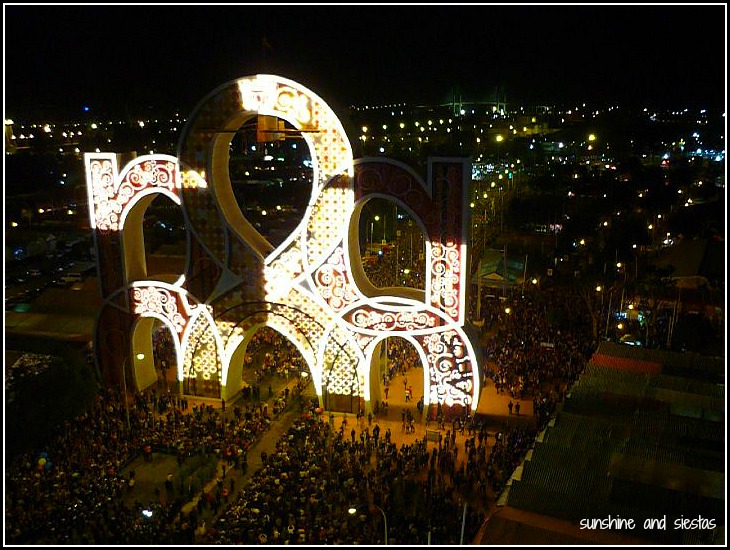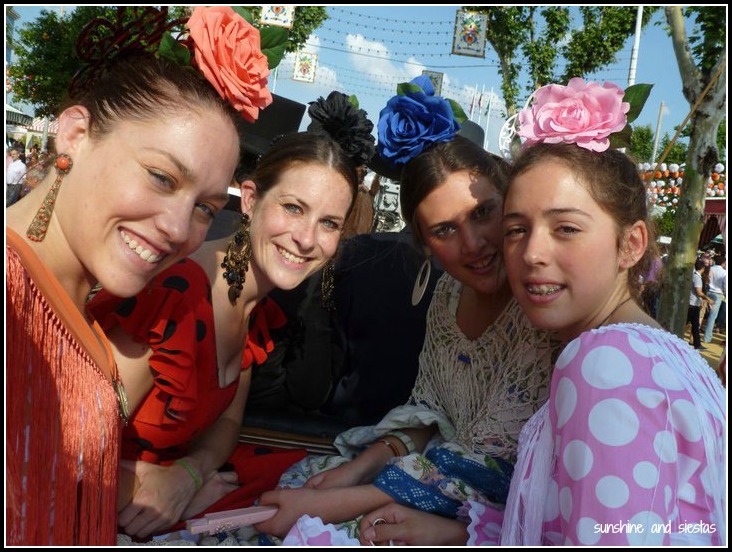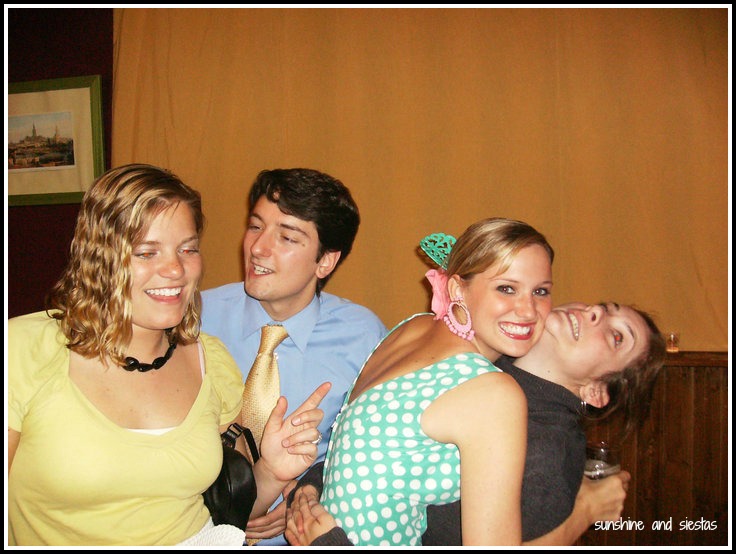I love showing my adopted city to my family and friends, and even to my readers who come to the city (though they mostly see tapas restaurants and bars!) – it reminds me of how much the city still captivates me when they see the sunset over Triana for the first time or happen upon a hole-in-the-wall bar with phenomenal food.
Because of my busy work life, I often have to set my friends loose with a map and some recommendations. The tourist trail is totally the beaten path, thanks to a UNESCO World Heritage cluster of sites, a penchant for flamenco and more tapas bars than bus stops. But I usually save the good stuff for when I’m available in the mornings and on the weekend.
In getting a gig with Trip Advisor this month, I found myself revisiting places not listed in guidebooks (or at least buried in reviews) and breathing in a different sort of Seville.
Skip taking in the views from the Giralda for the Metrosol Parasol
As the unofficial city symbol, the Giralda stands high above Seville. History says it was once the minaret for the mosque that stood on the premises, and even when the 1755 Lisbon earthquake’s tremors reached Seville, the tower stayed put – local lore states that Saints Justa and Rufina prevented it from tumbling down.
But what is a view of Seville without the Giralda piercing the sky? As in my native Chicago I recommend the cheaper alternative to the Sears Tower (take the elevator to the bar of the Hancock for free and order a drink), I tell visitors to contemplate old and new from the Metropol Parasol, a waffle cone-like viewing deck that boasts being the largest wooden structure in the world. For 3€, you are treated to a drink at a nearby bar and can traverse the catwalks, giving your the 360º view that the Giralda can’t. There are also informative signs to tell you what you’re looking at.
If you want to get up close and personal with the Giralda, have a drink at a terrace bar at sunset, or opt for the rooftop tour.
Read More: Seville’s Best Terrace Bars // A Rooftop Cathedral Tour
Skip visiting the Plaza de Toros for a Stadium Tour
Seville is the quintessential Spain you’d always imagined. The sun, the flamenco, the tapas and the bullfighting. The temporada de toros, the season where Sunday afternoons are dedicated to the faena, may be short-lived, but the stunning Plaza de Toros sits right on the Guadalquivir River as a reminder to a pastime that, despite its controversy, is ingrained in sevillano culture.
Whether or not you’re into the bullfights, you can visit the building and its small museum, though if you’re looking for insight into this Andalusian gem, fútbol is a bigger crowd pleaser. Seville has two teams – Real Betis Balompié and Sevilla Fútbol Club, both of which boast a fierce following.
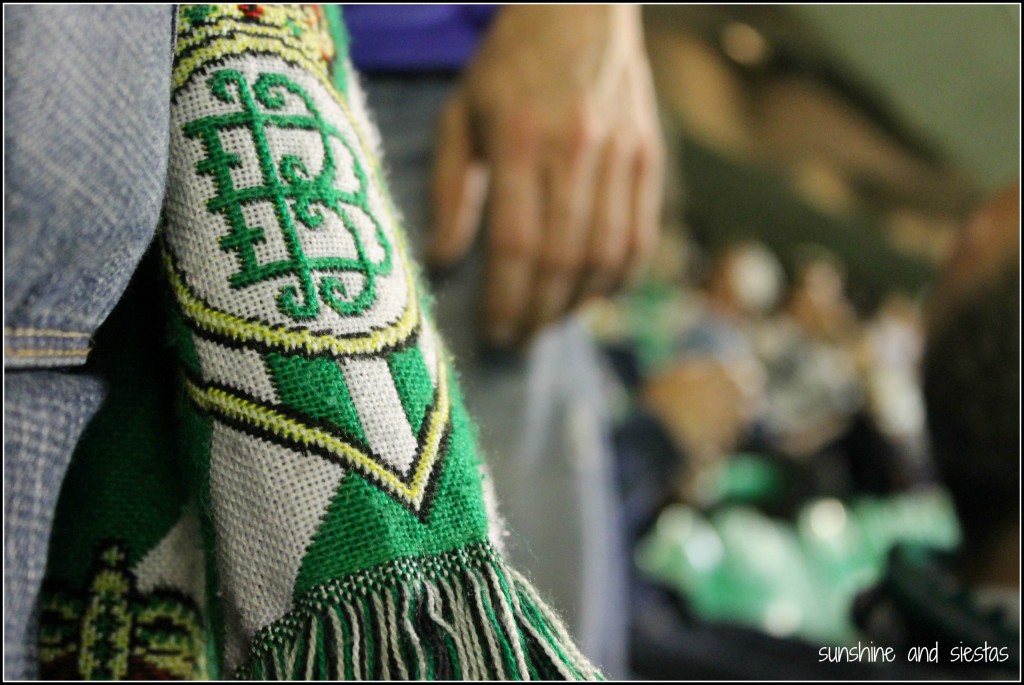
Both crosstown rivals offer stadium tours to fans, hitting the locker rooms, trophy storage and press areas. If you’re able to catch a game, that’s even better! Seville is in the First Division and often finishes strong, so tickets will be slightly more expensive, though Betis is a fair-weather team who has bounced around from Second Division to the Europa League and back in a handful of years.
Read More: Death in the Afternoon // What to Expect at a Spanish Soccer Game
Skip indulging in the tapeo tradition for a fusion restaurant or international cuisine
Seville has long called itself the capital of tapas, and it’s a pastime that locals take seriously. The art of the tapeo – I mean serious when I say there’s a verb to describe the act of eating these small dishes – is something you should definitely not skip, and you should do it standing up, have your bar tab tallied in chalk in front of you and get your fill of solomillo al whisky, espinacas con garbanzos and fried fish.
I have a love affair with Spanish cuisine, but Seville is becoming a hotbed for fusion dishes and gastropubs that have more than typical fare. Many of these restaurants are found near the Alameda and tucked into neighborhoods, and they’re perfect for when you’re tired of the same tapas.
Imagine presa ibérica niguris, like the ones pictured above, from Nazca, a Peruvian-Japanese restaurant, or grab sushi to go in the Mercado de Triana as you slurp oysters and knock back an artisan beer from Taïfa across the aisle. Eating in Spain is seriously fun and a must when visiting.
A good place to start might be the newly-opened Mercado de la Lonja del Barranco before ordering blindly off a poorly-translated menu. Be daring – I would have never dreamed of liking grilled blood sausage or blood with onions, but trying new food is half the fun of eating in another country!
Read more: Where to Eat in Sevilla // Five Spanish Foods I Didn’t Know Existed
Skip exploring Santa Cruz for Triana
Santa Cruz is the neighborhood sandwiched between the Alcázar and the old city walls, once a haven for the city’s Jewish community. Think winding streets and latticed windows that lead to tile-lined fountains, notes of a bulería wafting through the air and the Giralda peeking about between buildings that have been built so close together that your wingspan leaves both of your palms on the wall.
Yeah, the charm kind of ends there.
Santa Cruz is lovely and has a few great taverns and historic sites sprinkled in amidst souvenir shops and overpriced eateries, but if you’re looking for a more authentic Sevilla, cross the bridge to Triana.
Known as the gypsy and seafarer enclave, the ceramic factories of the 18th and 19th centuries brought a bit more notoriety to the rough-and-tumble barrio. Today, its bars buzz and the views from Calle Betis towards the historic city are unforgettable. You won’t find a lot of monuments or museums here, but the neighborhood feels a world away, and you’ll do more mingling with locals. Don’t skip the ceramic stores – far cheaper than what you’ll find in the center – the pedestrian San Jacinto street or the tiny plazas.
Read more: the Triana Category
Skip the taxis and buses for a bike ride
Seville is one of Europe’s best cities for two wheelers, and its 200+ kilometers of bike lines set away from the street are ideal for cruising. Plus, the historic center is full of pedestrian-friendly streets, proving to be impossible for taxis.
Rather than using public transportation to get around, use your own two feet or grab a Sevici. This public bike service costs about 13€ for the week, and you’ll find them useful for getting some exercise in with all of the tapas chowing.
If you’d like to get a feel for where the historic sites are, considering taking one of the city buses. The circular routes (C3 and C4 for the inner historic ring, C1 and C2 for the outer ring and La Cartuja and C5 that snakes through the center of town) costs just 1.40€ for a single trip or 5€ for a one-day pass, and it will help you get your bearings.
Read more: Is Seville Spain’s Best Biking City?
Skip a flamenco show for an alternative concert
Sultry, sensual flamenco is intrinsic in Seville. They say flamenco – a mix of dance, song and music – originated somewhere between Seville and the Gaditana coast, and most visitors take in a show at one of the many tablaos or even an amateur jaleo while in Seville.
While the Andalusian capital is (sometimes achingly) traditional, pockets of alternative groups are popping up around Macarena and the Alfalfa, helping to change Seville’s deep-rooted cultural identity. There’s often live music on the Alameda and in its bars. Pick up a copy of Yuzin, a monthly cultural events magazine with plenty of offerings for the alt crowd in both Seville and Granada.
Read more: Where to See Flamenco in Seville | Visiting a Flamenco Guitar Workshop in Madrid
Things you shouldn’t skip?
It’s not that the cathedral and Plaza de España aren’t worth seeing, but sticking to the Top Ten Sites won’t give you a full picture of Seville’s soul. Find time to see the cathedral‘s gold-laden altar if you love religious art, wander around the Plaza de España and contemplate the tile recreations of Spain’s historic moments, and knock back a sherry under hanging jamón legs. Drink a granizado. Marvel at the Alcázar palace. Buy a fan and wander around with a map – just seek out places beyond Avenida de la Constitución.
A large part of Seville’s magic is seeing how the city transforms from day to night and back, how locals go about their daily lives and by discovering the hidden rincones.
Are you planning on visiting Seville? Check my posts on Two Days in Seville (guest post by Sandra Valuare) | Packing for a Trip to Spain | Things to do in Sevilla
You can also take this article with you via GPS guided post! Download GPSMyCity and purchase the guide, which helps maintain Sunshine and Siestas.
What other recommendations do you have for the capital Hispalense? Do you know any hidden gems in your city?
